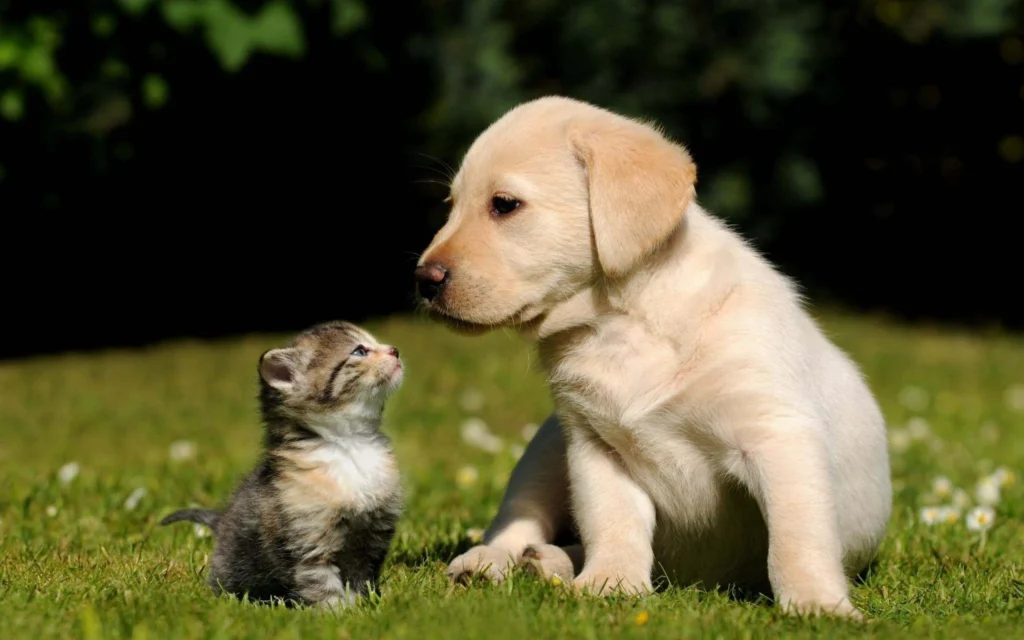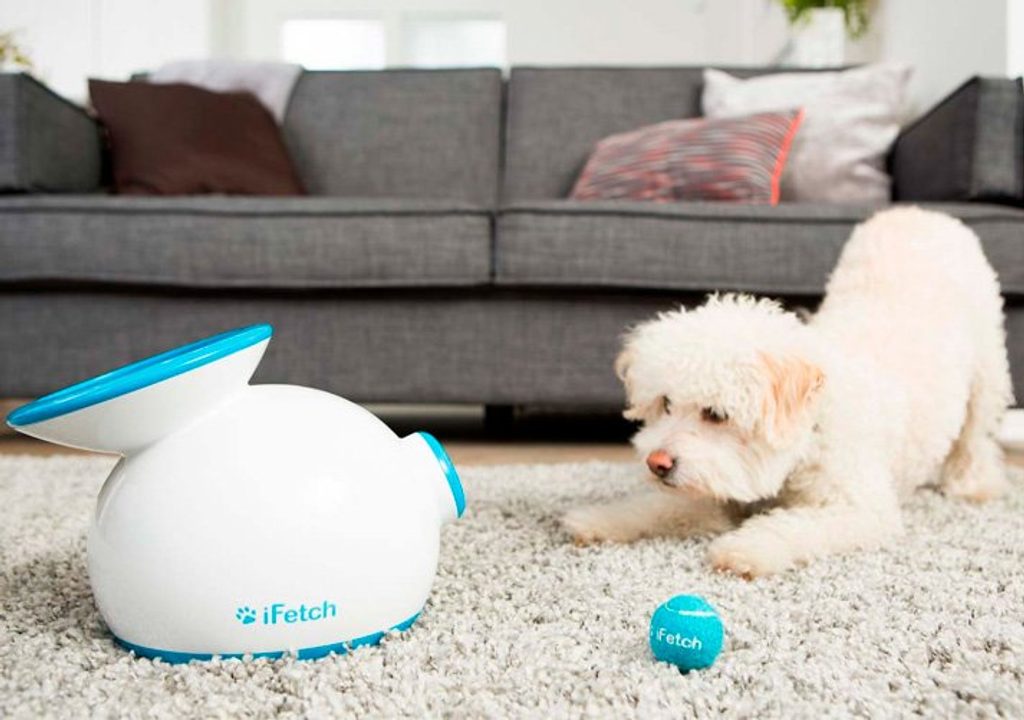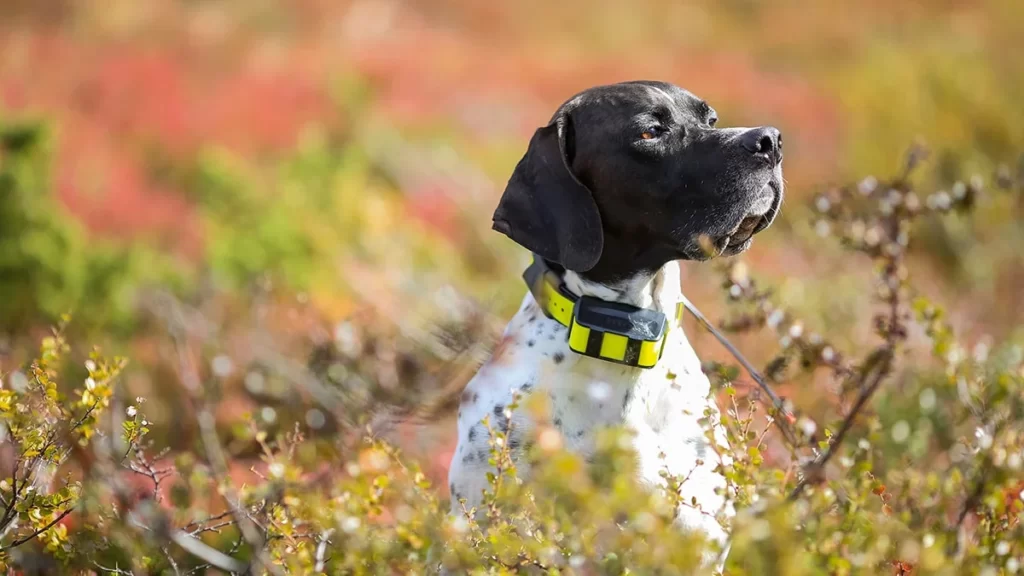When it comes to socializing your dog with other animals and people, it’s essential to ensure a safe and positive experience for everyone involved.
Socialization plays a crucial role in your dog’s overall well-being, behavior, and ability to interact harmoniously with others.
In this comprehensive guide, we will share valuable insights and practical tips to help you successfully socialize your furry friend and establish healthy relationships.
By following these guidelines, you’ll be well-equipped to create a positive socialization experience that can help your dog thrive.
Table of Contents
- 1 Tips to Safely Socialize Your Dog with Other Animals and People
- 1.1 Understanding the Importance of Socialization
- 1.2 Start Early and Gradually
- 1.3 Positive Reinforcement and Rewards
- 1.4 Expose Your Dog to Various Environments
- 1.5 Introduce Your Dog to Different Animals
- 1.6 Facilitate Positive Human Interactions
- 1.7 Manage Expectations and Avoid Overwhelming Situations
- 1.8 Enroll in Training Classes or Work with a Professional
- 1.9 Consistency and Continued Socialization
- 1.10 Addressing Fear or Anxiety
- 1.11 Monitoring and Supervision
- 2 Ensuring Safety During Socialization
- 3 Frequently Asked Questions
- 4 Conclusion
Tips to Safely Socialize Your Dog with Other Animals and People
Preparing your dog for safe socialization is key to their well-being and community harmony. Here are some tips to ensure successful interactions.
Understanding the Importance of Socialization
Socialization is the process of exposing your dog to a variety of experiences, environments, animals, and people from a young age. It helps your dog develop confidence, adaptability, and appropriate social skills. Proper socialization enhances their ability to communicate, decreases anxiety, and reduces the likelihood of behavioral problems.
When socializing your dog, it’s vital to prioritize safety. Start early and gradually expose them to different situations, animals, and people. Supervise interactions closely, ensuring positive experiences and preventing any negative incidents. Use positive reinforcement techniques to reward desired behaviors.
Encourage appropriate play and discourage aggressive or fearful responses. Attend obedience classes or seek professional guidance if needed. Remember, a well-socialized dog is more likely to be happier, healthier, and have better relationships with both animals and people throughout its life.
Start Early and Gradually
In the process of socializing your dog with other animals and people, starting early and gradually introducing them to new experiences is crucial. Begin socialization during their puppyhood, ideally between the ages of 3 to 14 weeks, as this is a sensitive period for learning and forming positive associations.
Begin by exposing them to controlled, positive interactions with well-behaved animals and people, ensuring a safe and pleasant environment. Slowly increase the level of difficulty and exposure as your dog becomes more comfortable, always keeping their reactions and body language in mind.
Utilize reward-based training methods to reinforce positive behavior and associations. By starting early and progressing gradually, you lay a solid foundation for your dog’s social skills, fostering their confidence and ensuring a harmonious coexistence with other animals and people.
Positive Reinforcement and Rewards
Using positive reinforcement techniques is key to successful socialization. Reward your dog with praise, treats, or toys whenever they exhibit desirable behavior during social interactions. This positive association will help your dog develop positive emotional responses and encourage them to seek out social encounters.
This approach encourages your dog to associate social interactions with positive experiences, fostering confidence and reducing anxiety. Rewards should be timely, consistent, and aligned with your dog’s preferences.
Introducing your dog to new animals and people gradually, while providing rewards for good behavior, helps them develop positive associations and build trust. This positive reinforcement-based approach is a safe and effective way to socialize your dog, promoting their overall well-being and creating positive interactions with others.
Expose Your Dog to Various Environments
Expose your dog to different environments gradually and in a controlled manner. Start with quieter settings and gradually introduce more stimulating environments such as parks, streets, and bustling public spaces. Ensure that your dog feels safe and secure throughout the process.
This helps them become familiar with different sights, sounds, and smells, preparing them for new encounters. Start by introducing your dog to different types of animals and people gradually, ensuring positive experiences. Take them to parks, busy streets, and other public places where they can encounter diverse stimuli.
Allow them to interact with friendly, well-behaved dogs and people of different ages and backgrounds. Use positive reinforcement techniques to reward good behavior and provide a sense of security.
Regularly exposing your dog to new environments will help build their confidence, reduce fear, and promote healthy socialization skills. Remember to prioritize your dog’s safety and comfort throughout the process.
Introduce Your Dog to Different Animals
Allow your dog to interact with a variety of animals, such as well-behaved dogs, cats, and other domesticated animals. Start by gradually exposing your dog to various animals in controlled environments, such as supervised playdates or obedience classes.
This will allow them to interact and learn appropriate behavior. Always prioritize safety by ensuring that both your dog and the other animals are properly vaccinated and free from any contagious diseases. Supervise the interactions closely, especially during the initial stages.
Positive reinforcement and rewards can reinforce good behavior and create positive associations with other animals. Remember, patience and consistency are key when introducing your dog to different animals, helping them become well-rounded and socialized companions.
Facilitate Positive Human Interactions
To ensure your dog feels comfortable around people, expose them to different individuals of various ages, genders, and appearances. Encourage gentle petting, and provide treats when your dog displays calm and appropriate behavior.
The aim is to establish a foundation of trust and harmony between your dog and others. By facilitating positive human interactions, you encourage your dog to develop healthy social skills, reduce fear and aggression, and build confidence.
This involves employing effective training techniques, providing controlled environments, and gradually exposing your dog to various situations and stimuli. Emphasizing positive reinforcement, clear communication, and patience helps ensure that your dog has pleasant interactions, promoting their overall well-being and fostering a positive relationship with the world around them.
Manage Expectations and Avoid Overwhelming Situations
Each dog has its own unique temperament and socialization needs. Be mindful of your dog’s comfort level and avoid overwhelming them with too many new experiences or interactions in a short period. It’s essential to respect their boundaries and allow them to progress at their own pace.
Managing expectations involves understanding your dog’s personality, limitations, and comfort levels, setting realistic goals, and being patient throughout the socialization process. By avoiding overwhelming situations, you prevent your dog from feeling stressed, anxious, or frightened, which can have negative consequences on their socialization progress.
It involves gradually exposing your dog to new animals and people in a controlled manner, allowing them to become familiar and comfortable at their own pace. Taking these steps helps create a positive and safe environment for your dog to develop social skills and build confidence.
Enroll in Training Classes or Work with a Professional
Consider enrolling your dog in obedience training classes or working with a professional dog trainer who specializes in socialization. These experts can provide valuable guidance, teach you effective techniques, and create structured socialization opportunities for your dog. Training classes also offer a controlled environment for your dog to interact with other animals and people under professional supervision.
Professionals can offer personalized guidance, addressing specific needs and helping your dog develop positive social skills. This structured approach promotes confidence, reduces anxiety, and prevents aggressive behaviors. By exposing your dog to various situations and gradually increasing the complexity of interactions, you enable them to adapt and become comfortable around different animals and people.
Consistency and Continued Socialization
Consistency means regularly exposing your dog to various animals and people in controlled environments to build positive associations. By providing consistent experiences, your dog can learn appropriate behaviors and develop confidence around different individuals and animals.
Continued socialization involves ongoing exposure throughout your dog’s life. This helps prevent regression and ensures that your dog maintains their social skills. Regular socialization activities such as walks, visits to dog parks, and playdates can help your dog learn to interact respectfully and calmly with others.
It is important to introduce your dog to new experiences gradually and at a pace they are comfortable with. Use positive reinforcement techniques like treats, praise, and rewards to reinforce desired behavior. Additionally, consider seeking guidance from a professional dog trainer or behaviorist who can provide tailored advice for your specific dog.
By prioritizing consistency and continued socialization, you can help your dog become a well-adjusted and sociable companion, promoting positive interactions with both animals and people.
Addressing Fear or Anxiety
If your dog displays signs of fear or anxiety during socialization, it’s important to address these issues promptly. Consult with a veterinarian or a professional dog behaviorist to develop a tailored plan to help your dog overcome their fears. They may recommend techniques such as desensitization or counter-conditioning to gradually build positive associations with previously feared stimuli or situations.
The primary goal is to help your dog develop positive social skills and build confidence in social situations. By addressing fear or anxiety, you can create a more enjoyable and safe experience for both your dog and those they interact with.
Methods for addressing fear or anxiety may include gradual exposure to new animals and people, positive reinforcement techniques, and providing a supportive and calm environment. Professional guidance from trainers or behaviorists might also be sought to ensure a successful socialization process.
Ultimately, by addressing fear or anxiety, you can help your dog develop healthy and positive relationships with other animals and people, allowing them to enjoy social interactions and enhance their overall well-being.
Monitoring and Supervision
While socializing your dog, always prioritize their safety and the well-being of others. Supervise all interactions, especially when introducing your dog to new animals or unfamiliar people. Be attentive to their body language, and if any signs of discomfort or aggression arise, calmly remove your dog from the situation and provide a calming environment.
Monitoring involves paying close attention to your dog’s body language, vocalizations, and overall behavior to assess their comfort level and response to different stimuli. By closely supervising these interactions, you can quickly intervene if necessary, redirecting or removing your dog from potentially stressful situations.
Effective monitoring and supervision enable you to identify and address any signs of fear, anxiety, or aggression in your dog, promoting positive socialization experiences. It allows you to provide appropriate guidance, reinforce positive behavior, and correct any unwanted behaviors.
Additionally, supervision helps protect other animals and people involved, ensuring their safety during the socialization process. Through vigilant monitoring and supervision, you can create a controlled and safe environment for your dog to interact with other animals and people, gradually helping them develop positive social skills and build confidence in various social situations.
Ensuring Safety During Socialization
To ensure a safe socialization experience, consider the following precautions:
- Vaccinations: Make sure your dog is up-to-date on vaccinations to protect them from contagious diseases when interacting with other animals.
- Leash and Harness: Keep your dog on a leash and use a well-fitting harness to maintain control during socialization outings. This allows you to manage their interactions and prevent any potential issues.
- Introductions: When introducing your dog to new animals or people, do it gradually and in a controlled manner. Allow them to approach at their own pace, ensuring everyone involved feels comfortable.
- Training: Invest time in basic obedience training, teaching your dog commands such as “sit,” “stay,” and “leave it.” This training provides a foundation for proper behavior during social interactions.
- Socialization Groups: Joining organized socialization groups or dog clubs can provide a controlled environment for your dog to interact with others under the supervision of experienced professionals.
- Positive Associations: Always aim to create positive associations during socialization. Reward your dog for calm and appropriate behavior, and avoid situations that may trigger fear or aggression.
- Patience and Support: Remember that every dog is unique, and socialization progress may vary. Patience and support are key. Celebrate small victories and provide reassurance to your dog throughout the process.
By following these guidelines and investing time and effort in socializing your dog, you can help them develop into a well-rounded, confident, and socially adept companion.
Remember, socialization is an ongoing process that requires consistency and positive reinforcement. The time and effort invested will undoubtedly contribute to a happier and more harmonious relationship between you, your dog, and the wider community.
Frequently Asked Questions
Want to Safely Socialize Your Dog with Other Animals and People? Find answers to frequently asked questions below.
Socialization helps dogs develop appropriate behavior and become comfortable in various situations, reducing fear and aggression.
The critical period for socialization is between 3 and 14 weeks of age. However, dogs of any age can benefit from socialization.
Q) How do I introduce my dog to other animals?
Gradually introduce your dog to other animals in controlled environments, using positive reinforcement and rewards. Monitor their interactions closely and intervene if necessary.
Signs of stress may include panting, drooling, trembling, cowering, growling, or attempting to hide. If you notice these signs, give your dog space and reassess the situation.
Dog parks can be challenging environments for socialization due to the unpredictable behavior of other dogs. It’s important to ensure a controlled and safe setting before introducing your dog to a dog park.
Conclusion
Safely socializing your dog with other animals and people is essential for their well-being and the harmony of your community. By following a few key guidelines, you can ensure positive interactions and minimize any potential risks.
Gradual introductions, starting with calm and controlled environments, allow your dog to acclimate at their own pace. Positive reinforcement training techniques, such as rewards and praise, encourage good behavior and create a positive association with socialization.
Understanding canine body language and recognizing signs of stress or discomfort are crucial in gauging your dog’s readiness for social interactions. Consistency, patience, and responsible supervision are the pillars of successful socialization, fostering a confident, well-adjusted, and friendly canine companion.




